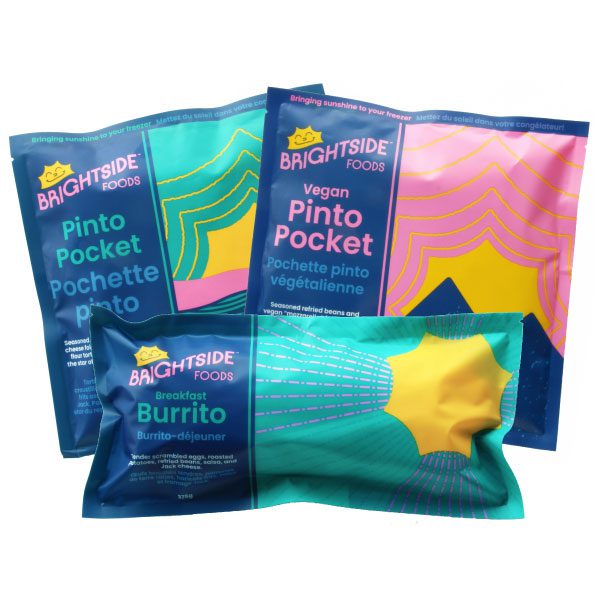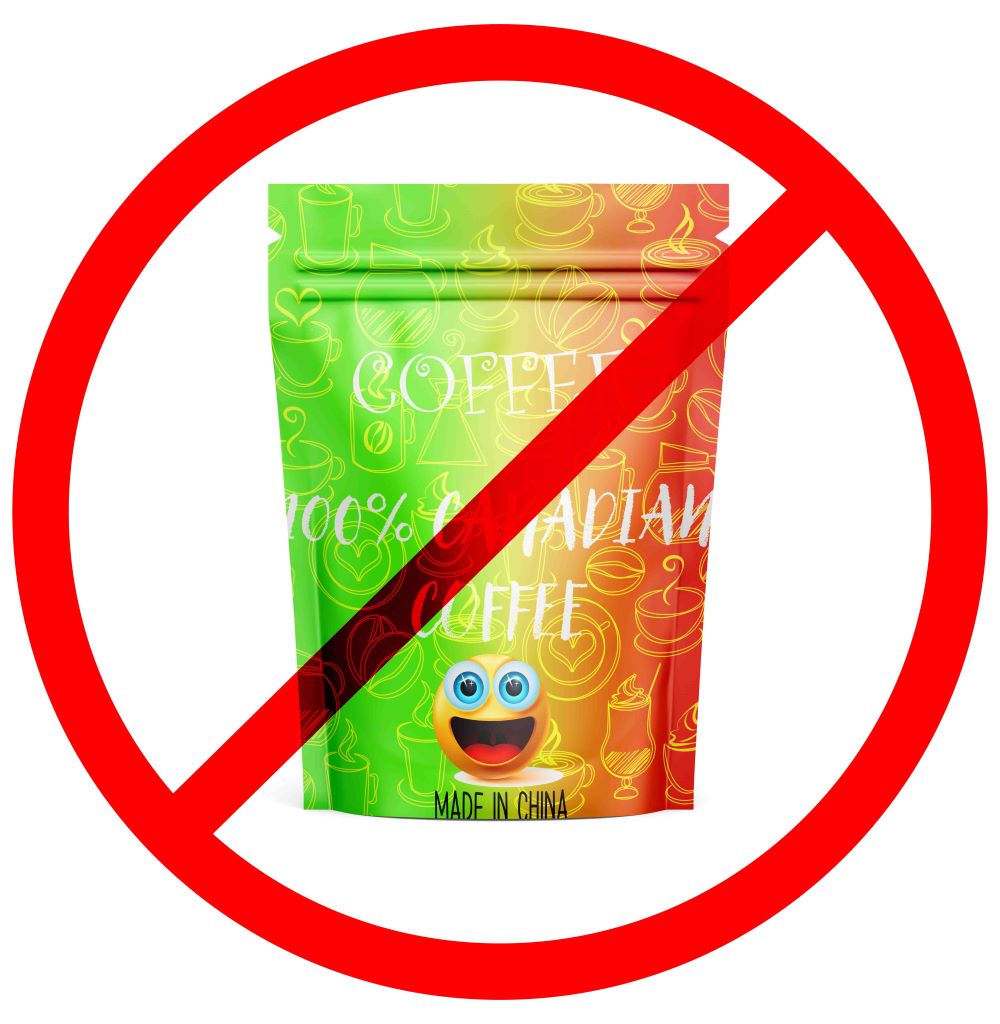4 Benefits of Custom Printed
Packaging for Food Producers
Your packaging is often the first interaction your customer has with your product. Above storing your product, it’s also an extension of your brand and your company, and it can affect a customer’s willingness to make the purchase. When it comes to food packaging design, there are certain guidelines and best practices that should be followed to ensure a successful and effective design.
Dos
- Keep it Simple: Simple designs are often the most effective. A clean and minimalistic design will let your product to stand out on the shelf and attract customers.
- Know Your Target Audience: Understanding your target audience is essential to creating effective packaging design. Consider what type of person is most likely to pick up your product and what would persuade them to buy – after all, packaging is a part of your marketing.
- Showcase Your Product: High-quality, professional images are ideal for showcasing the quality and appeal of your product. You can also use a product window in your packaging to show it off to consumers.
- Emphasize Branding: Your packaging should be a reflection of your brand and its values. Incorporate your branding elements, such as logos and color schemes, to create a consistent and recognizable brand image.
- Make it Legible: Legibility is crucial for conveying information to the consumer. Make sure to choose fonts that are easy to read and ensure that all text is clear and easy to understand.


Don'ts
- Overcomplicated Designs: Complicated designs can be confusing and overwhelming for consumers. Keep your packaging simple and straightforward.
- Misleading Claims: There are regulations in place to prevent brands from adding misleading information on packaging. These claims can harm your brand’s reputation and lead to legal issues. Ensure that all information on your packaging is truthful and accurate before going to print.
- Neglected Product Protection: While cost-effectiveness is at top-of-mind for most food producers, make sure your packaging fits the needs of your product. Your packaging should use materials that are appropriate for your product and provide sufficient protection during transportation and storage to protect the product, maintain shelf life, and reduce waste.
- Losing Functionality: While aesthetics are essential for your branding, the functionality of your packaging is also crucial. Make sure your packaging is easy to open, use, store, and transport.
- Ignoring Regulations: In retail stores, there are certain requirements for all products being sold, including elements like UPC codes, Nutrition Fact Tables, and Ingredient Lists. To make sure no elements are missed, be sure to consult with a packaging consultant or other industry professional to make sure your packaging checks all the boxes.
Wrapping up, designing effective food packaging requires careful consideration of various factors. By following these dos and don’ts, you can create packaging that is visually appealing, functional, and accurate, while also conveying your brand’s values and protecting your product.
Need a consultation on design? Reach out to our design team.
Partager cet article
Have a Project in Mind?
Contactez-nous dès aujourd'hui pour un devis personnalisé.

